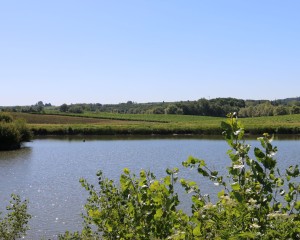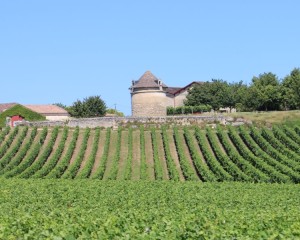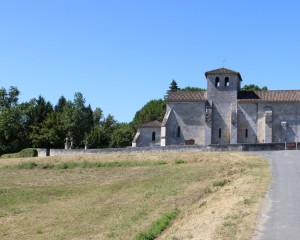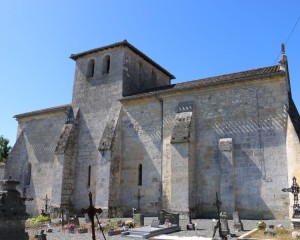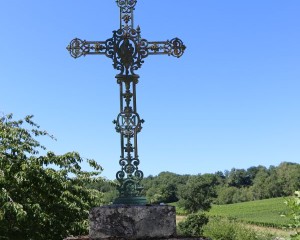Saint-Cibard is a town of the Great Saint-Emilion Area part of the Canton of North Libourne. It is located on the crest line between the valleys of the Dordogne and the Isle at 108 meters above sea level and 15 km east of Saint-Emilion. Its area is 354 ha. Today the town has 179 inhabitants. The municipality gets its economy mainly on its agricultural and crafts.
The name of Saint-Cibard can be derived from the name of a Roman practitioner, Eparcus, from the Latin "Eparchus" a hermit monk of the 5th century who settled nearby.
Territory occupied since prehistoric times, Saint-Cibard, is an important area, contrary to what one might think today. After Eparcus, many will imitate him by building on the hillside comfortable homes to escape from the battles and lootings. Many invasions wars ravaged this region for centuries: barbarian invasions in the Gallo-Roman time, Saracen invasions under the Merovingians, the Hundred Years War in the Middle Ages and Wars of Religion. During the French Revolution, the parish of Saint-Cibard des Combes form the municipality of Saint-Cibard.
None less than 1.6 km of waterways are passed through Saint-Cibard, which are the stream of Nauves, Lidoire and Puygueraux.
Saint-Cibard is one of three towns, with Francs and Tayac, that constituting the appellation of Francs Côtes de Bordeaux in the Great Saint-Emilion Area.
The Castle of Puyfromage is from the Renaissance time. The date of 1574 was found on the main beam of the structure when it was restorated following a fire.
The royal dovecote of Puyfromage, with its cylindrical shape is a local landmark and one of the largest dovecotes in France, dating from the 12th century and containing 981 boxes called "bearers" (cavities that can receive pigeons) in perfect condition and operating.
The Romanesque church of the 12th century was dedicated to Saint-Cibard. It is characterized by its pure Romanesque style, but an elevation in Gothic style gives it a rare originality in the region.
The Castle Puygueraud is a strong house built in the 15th century on the promontory of the same name, at the source of the stream of Guérande, a small tributary of the Lidoire.
La Claverie is a fortress from the early Middle Ages, built by the English in the 14th century. Its name "claverie" is derived from the Latin word "clavis" meaning key. This house was strategically placed during the Hundred Years War, as Francs belonged to a rival lord.
The Roman ruins of the village of Saint-Cibard and the path of the Moors are also other points of interest hidden in the village.
Pimpine
33570 SAINT-CIBARD
05 57 40 61 02
secretariat@saint-cibard.fr
OPENING DAYS OF THE CITY HALL
Tuesday, Wednesday, Thursday from 2 p.m. to 6 p.m.
Friday: 8 a.m. to 12 p.m.
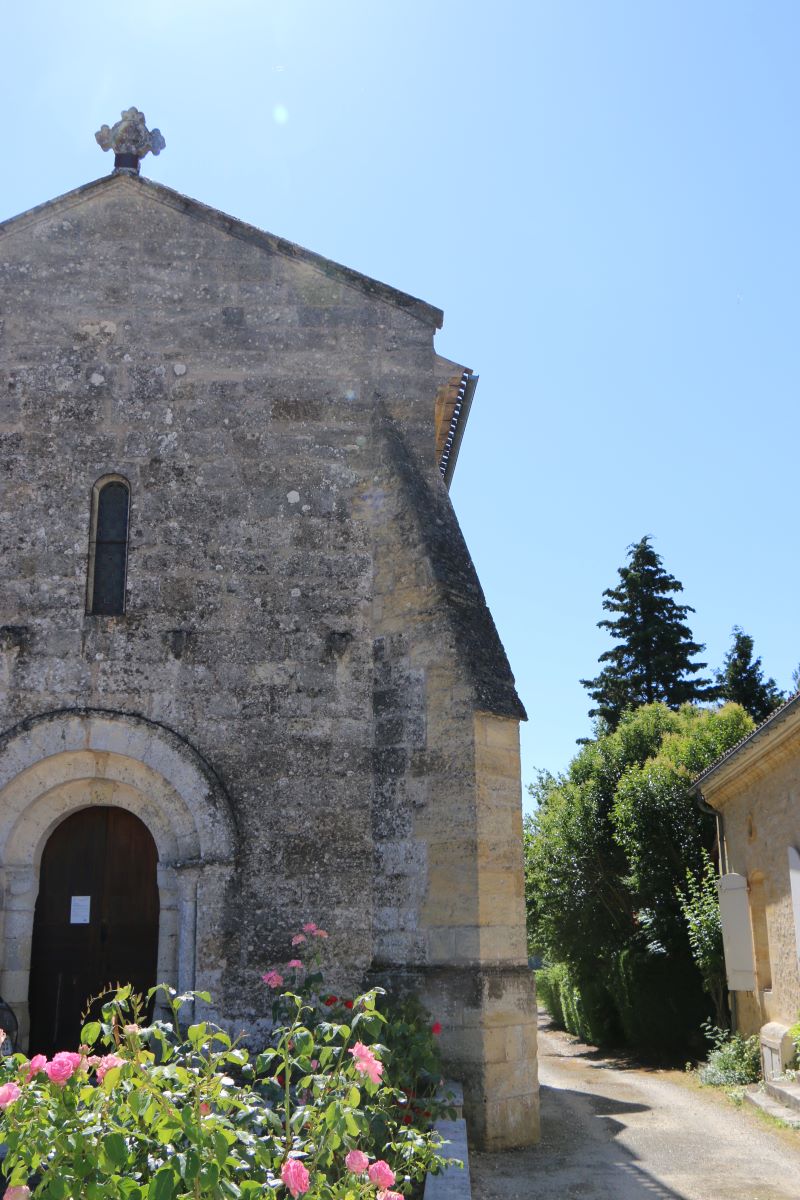
Grand Saint-Emilionnais Tourist Office
Le Doyenné - Place des Créneaux
33330 SAINT-EMILION

